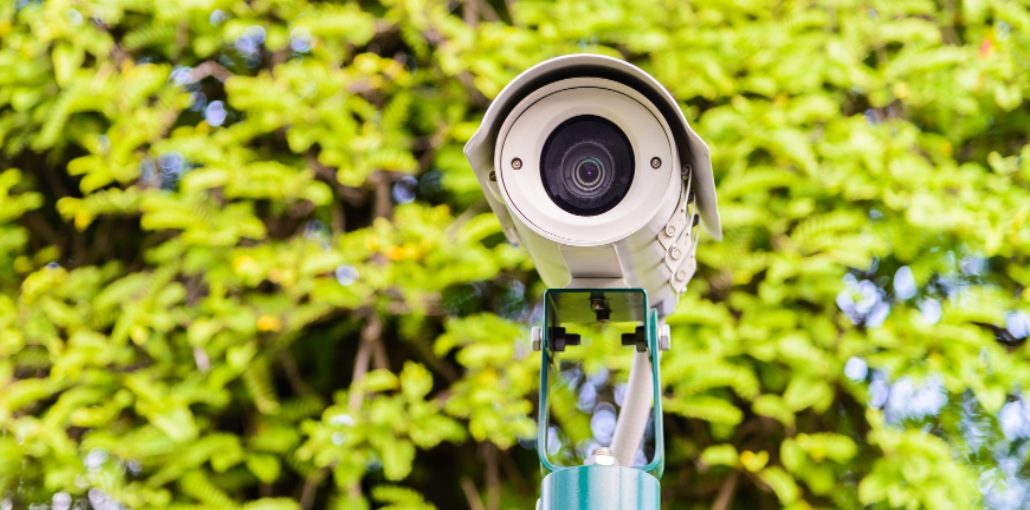In today’s technology-driven world, closed-circuit television (CCTV) systems have become increasingly common, especially in office settings. These surveillance systems serve as watchful eyes, monitoring employees‘ activities to enhance security and ensure productivity.
However, as the use of CCTV systems proliferates, concerns about privacy invasion have also risen. This article aims to delve into the controversial topic of whether CCTV systems in offices are genuinely protecting employees or instead crossing the line into invasion of privacy.
CCTV Systems: Security and Protection vs. Privacy Concerns
Enhancing Office Security
CCTV Camera Surveillance systems serve as a proactive measure to enhance security in offices. By monitoring entrances, hallways, and other key areas, these systems can help prevent theft, keep unauthorised persons out, and identify potential security breaches.
In this regard, CCTV systems act as a deterrent, reducing the likelihood of criminal activities and protecting employees, their belongings, and the company’s valuable assets.
Providing Visual Evidence
Another crucial role of CCTV systems is capturing visual evidence in case of incidents or disputes.
Should an incident occur within the workplace, such as a theft or an assault, CCTV footage can provide crucial evidence for investigations, ensuring justice is served and protecting the rights of both employees and employers.
The visual evidence captured by CCTV systems can also be valuable in verifying claims in workplace accidents, helping in insurance and legal matters.
Balancing Between Security and Privacy
While the benefits of using CCTV systems for security are evident, privacy concerns cannot be ignored.
Employees may feel uncomfortable knowing they are under constant surveillance, leading to a sense of distrust and inhibition within the workplace.
It is crucial for employers to strike a balance between ensuring security and respecting the privacy rights of their employees.
Transparent policies regarding CCTV usage, clear communication, and obtaining consent can help alleviate these concerns.
Viewpoints on CCTV Systems in Offices
Protecting Employees and Company Assets
One viewpoint supports the use of CCTV systems, highlighting their potential to protect employees and company assets.
With increasing crime rates and security threats, these systems act as a deterrent, creating a safer workplace environment. In the event of an incident, CCTV footage can provide valuable evidence, aiding in investigations and ensuring a fair resolution.
Moreover, employers can utilize CCTV monitoring to identify risks and improve safety protocols, ultimately safeguarding their employees and mitigating potential liabilities.
Invasion of Personal Privacy
On the other hand, there is a viewpoint that emphasizes the invasion of personal privacy caused by CCTV systems in offices.
Employees may argue that being constantly watched infringes upon their privacy rights and creates a culture of surveillance rather than trust.
Privacy is a fundamental right for individuals, and CCTV systems can create a hostile working environment, deterring productivity and open communication.
In addition, the potential for misuse or unauthorized access to sensitive footage raises valid concerns about personal information security.
Maintaining Workplace Transparency and Accountability
A middle ground perspective suggests that CCTV systems can be beneficial when implemented transparently and with proper guidelines.
By informing employees about the presence and purpose of CCTV systems, employers can foster a culture of transparency and accountability.
The visibility of these systems serves as a reminder that actions have consequences, promoting better behavior and discouraging misconduct.
When both employers and employees have a clear understanding of the purpose of CCTV systems and the boundaries that should be respected, it can lead to a more harmonious work environment.
Also read: Boosting Productivity: Top 10 Tools for Hybrid Workforces
Examples of CCTV Dilemmas
To further illustrate the complexities surrounding CCTV camera systems in offices, let’s consider a couple of real-life scenarios:
Theft Prevention vs. Employee Privacy
In an office where theft has been an issue, the management decides to install CCTV cameras to curb the problem.
While this step may help reduce theft incidents and protect employees’ belongings, it raises concerns for employee privacy.
Some employees may feel uncomfortable knowing they are under constant surveillance, leading to decreased trust and strained relations within the workplace.
Employers must weigh the benefits of enhanced security against potential privacy concerns to make an informed decision.
Preventing Workplace Harassment vs. Invasion of Privacy
In a case of workplace harassment, CCTV footage plays a crucial role in identifying the perpetrator and providing evidence for disciplinary actions.
However, the use of CCTV systems in this context raises questions of employees’ privacy. It is essential for employers to balance the objective of preventing harassment with employees’ rights to privacy and ensure that CCTV systems are not used as tools of intimidation or control.
Personal Perspectives
As a contributing author, I have personally encountered the inclusion of CCTV systems in my previous workplaces.
In one instance, the management emphasized the installation of CCTV cameras as a measure to protect both employees and the company assets.
The presence of these systems did instill a sense of security and peace of mind, as it acted as a deterrent against potential criminal activities.
However, it is worth noting that clear communication and transparency regarding CCTV usage were crucial in ensuring employees’ concerns about privacy were addressed.
Conclusion
The debate surrounding CCTV systems in offices raises important questions about the balance between security and privacy.
While these systems contribute to enhancing workplace security and providing valuable evidence, they also trigger concerns about privacy invasion and a culture of surveillance.
Striking a balance between safeguarding employees and respecting their rights to privacy requires clear guidelines, transparency, and effective communication between employers and employees.










Leave a comment